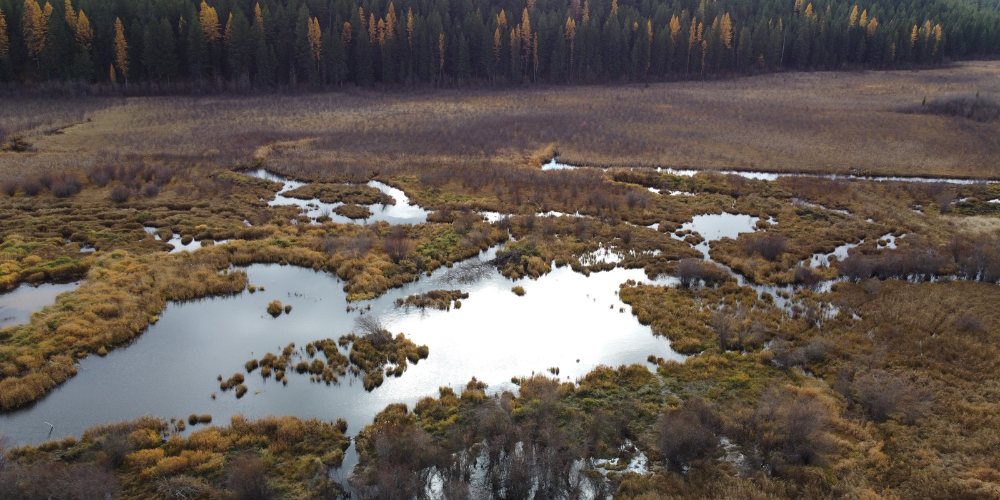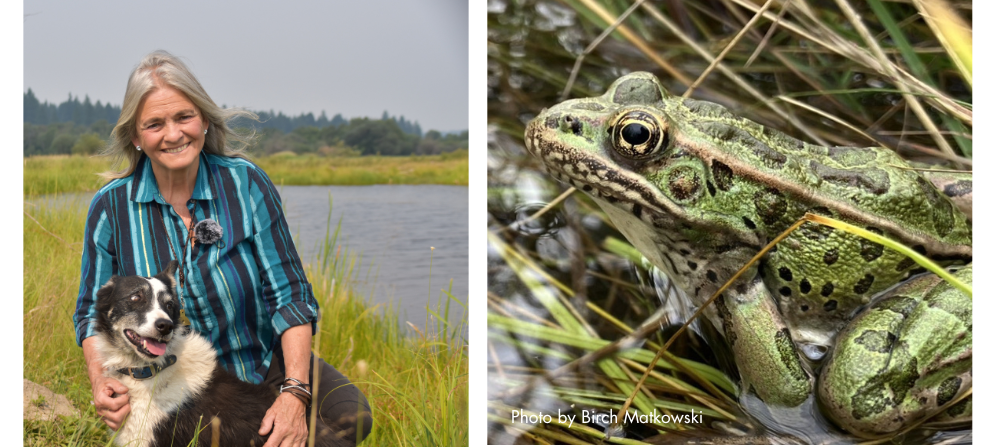Today is World Wetlands Day, a global day to celebrate and raise awareness about the essential role of wetlands for humanity and our planet. Not only over half of all North America’s wildlife use wetland at some point in their lives, but they also provide crucial ecosystem services to the landscape – from flood control to carbon sequestration.
Despite their importance, wetlands are disappearing at an alarming rate, three times faster than our world’s forests. More than 85% of the world’s wetlands have been lost since the 1700s, and B.C. is no exception. British Columbian wetlands currently comprise around 5.28 million hectares in the province, however many historic wetlands have entirely degraded or lost. Within the Okanagan and Similkameen Valleys, 84% of their wetlands have been lost, and 70% of Pacific estuaries throughout the province have met a similar fate.
Combatting the rapid disappearance of wetlands is essential to protect fish, wildlife, and habitat for generations to come. This year’s theme for World Wetlands Day highlights the urgent need to prioritize wetland restoration and calls upon us all to take steps to revive and restore degraded wetlands.

Arial photo of restored wetlands at Sparrowhawk Farm
As a retired biologist who specializes in rare and endangered birds and amphibians, Penny Ohanjanian knows how valuable a healthy wetland is. When Penny moved to Sparrowhawk Farm, she noticed water spread out over the meadows on her property, which inspired her to reach out to the B.C. Wildlife Federation to construct and restore the wetlands on her property to increase the biodiversity on her property and in the Kootenays.
I think we’ve taken so much from the land, in agriculture and just general human development. It’s important to give back, because wetlands are declining everywhere. Many have been drained, and a lot of habitat has been lost and continues to be lost.
– Penny Ohanjanian
Since restoration efforts began at Sparrowhawk Farm in 2018, over 4.1 hectares of wetlands have been restored at Penny’s property. The wetlands have been designed to support important habitat features for endangered and at-risk amphibians as well as other wetland species. Restoring wetlands on Penny’s property has brought more wildlife to her farm than she’s ever seen before.
 Left: Penny poses with her dog on Sparrowhawk Farm. Right: Leopard Frog spotted on restored wetlands at Sparrowhawk Farm.
Left: Penny poses with her dog on Sparrowhawk Farm. Right: Leopard Frog spotted on restored wetlands at Sparrowhawk Farm.
Restoration can take many shapes. At Sparrowhawk farm, wetlands were restored by seeding the banks of the wetland with native grasses and sedges, and planting live cuttings of native plants, such as willow and dogwood. Some wetlands were deepened using heavy machinery in order to make better habitat for frogs and toads before planting. Wherever the restoration takes place, special care is taken to ensure that it benefits the local flora and fauna that rely on wetlands for their livelihood.
This World Wetlands Day, take action to support restoration efforts in your community. Visit your local wetland, learn more about wetland restoration, or join a wetland workshop this spring or summer. Support BCWF’s restoration efforts by becoming a member and consider donating to the BCWF with the designation “Wetlands Education & Restoration” to continue to fund projects around the province and bring back essential wetlands to the landscape.
